By Susanne von Rosenberg, UC Master Gardener of Napa County
One of the things that I like most about spring is the beauty of flowering trees. It's just stunning to see a magnolia or almond tree in full bloom. Flowering trees are really one of the easiest and most rewarding ways to beautify your yard, and you get the added benefit of shade in the summer.
You have two primary options for flowering trees. You can plant fruit or nut trees, or you can plant ornamental flowering trees. Fruit trees will require more care, because in addition to keeping the tree pruned properly, you also need to manage the fruit load and potentially address pests and diseases. For me, the extra effort is worth it.
The size of the tree should be in proportion to the size of your lot. For parcels smaller than a quarter-acre, choose trees that will be less than 25 feet high at maturity.
Plant trees away from the foundation of your home. Even smaller trees that will be less than 25 feet tall at maturity should be planted at least 10 feet away from the foundation.
Find out how wide the tree canopy will be at maturity and allow for a gap between the side of the house and the canopy. Plant smaller trees at least 25 feet from other small trees. Your tree needs at least 100 square feet free of hardscape.
Think about where the mature tree will cast shade. Be sensitive to how the tree might affect your neighbors' view and access to sunlight. Utilities are another consideration. We've all learned not to plant trees under power lines, but you also want to avoid areas close to sewer, septic or water lines and septic tanks and leach fields. Don't plant your tree over other underground utilities either. Electrical lines, gas lines and fiber-optic cables can all be affected by tree roots. Your tree might have to be removed if it impedes maintenance or repair activities.
Finally, choose your tree carefully. Fast-growing trees may seem desirable, but they often end up getting too tall or dying quickly. Before you purchase any tree, make sure that it's not considered invasive in Napa County. Also, find out whether the tree you want may serve as a host for diseases affecting other trees. For example, ornamental pears are often affected by fire blight and serve as a repository of the bacteria. Fire blight is the biggest threat to the health of pear, apple and quince trees.
Some of the best flowering trees for Napa County include almonds, cherries, nectarines, peaches and plums. All are beautiful in bloom. Many small, purely ornamental trees also do well in our area.
All of the following trees are less than 25 feet tall at maturity. Most are considered “patio trees,” meaning that they usually grow less than 15 feet tall. Many of them naturally grow as tall shrubs and can be trained into a tree form. Most of them are also drought tolerant once established.
Australian tea tree (Leptospermum laevigatum) grows 10 to 30 feet tall, is evergreen, and is covered by long-lasting white flowers. New Zealand tea tree (Leptospermum scoparium) cultivars are usually smaller, ranging from 6 to 8 feet in height, and come in colors ranging from white to pink to magenta.
Ceanothus, also called California lilac, includes 50 to 60 species of nitrogen-fixing shrubs and small trees. The cultivar ‘Ray Hartman' can grow 20 feet tall and has medium blue flowers. However, most cultivars are much shorter.
Chitalpa (Chiltalpa x taskentensis) generally tops out at less than 25 feet tall. It has grayish-white bark and tolerates a relatively wide range of soils. The flowers of the two most common cultivars are white to very light pink, and light pink.
Desert Catalpa (Chilopsis linearis) has narrow linear leaves and fragrant flowers ranging from white to pink to lavender. It grows 10 to 30 feet tall and with age develops shaggy bark and a twisting trunk.
Feijoa sellowiana (pineapple guava) is an evergreen, has gray-green foliage and beautiful flowers with edible white petals and red centers. The tree flowers in late spring and yields guava-like fruit in the fall. It can grow 10 to 15 feet tall.
Western redbud (Cercis occidentalis) grows 10 to 20 feet tall and has pink or magenta flowers. It is native to California and other parts of the West and prefers moister areas to hot, dry areas.
One of my favorite small trees is California Flannelbush (Fremontodedron californicum). It has bright yellow flowers and can grow up to 20 feet tall in five years. It is finicky about water so make sure you can meet its needs before planting one.
Free Library Talk: UC Master Gardeners of Napa County will conduct a talk on “Growing Culinary Herbs” via Zoom on June 3 from 7 pm to 8 pm. Register to receive the zoom link: http://ucanr.edu/2021JuneGrowHerbs
Workshop: UC Master Gardeners of Napa County will lead a free workshop on “Worm Composting” on Saturday, June 12, from 10 am to noon, via Zoom.
Learn how to turn your kitchen scraps into rich compost with red worms. All attendees will receive all the materials necessary to make a worm compost bin at home. Pick-up arrangements will be made after you register; limit one bin per family. Register for "Worm Composting with Penny at City of Napa Home Composting Workshops
Got Garden Questions? Contact our Help Desk. The team is working remotely so please submit your questions through our diagnosis form, sending any photos to mastergardeners@countyofnapa.org or leave a detailed message at 707- 253-4143. A Master Gardener will get back to you by phone or email.
For more information visit http://napamg.ucanr.edu or find us on Facebook or Instagram, UC Master Gardeners of Napa County.
Attached Images:
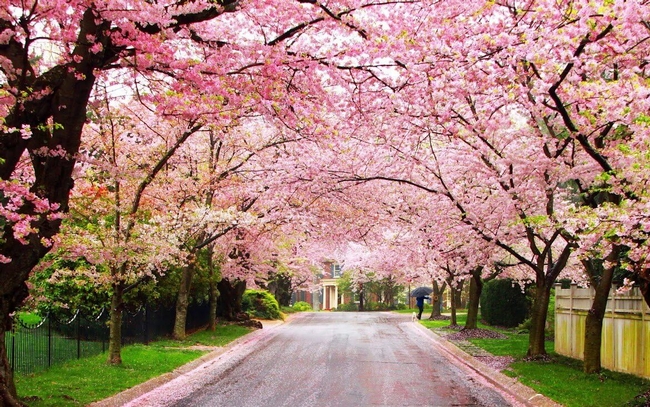
Flowering trees. (mckinleyarborists.com)
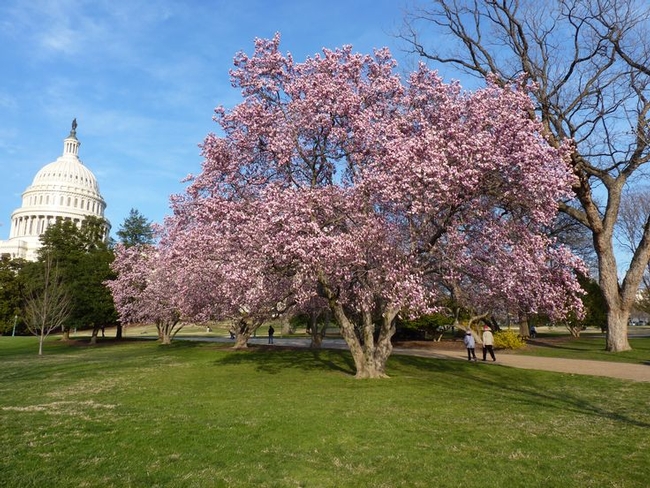
Magnolia. (pinterest.com)
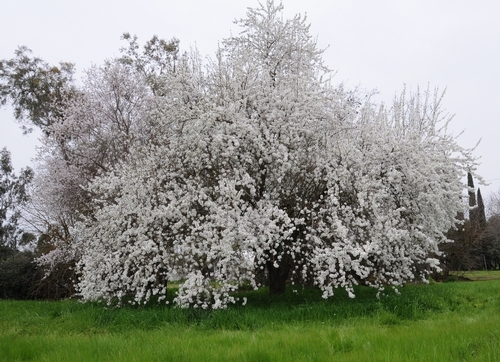
Almond tree. (ucanr.edu)
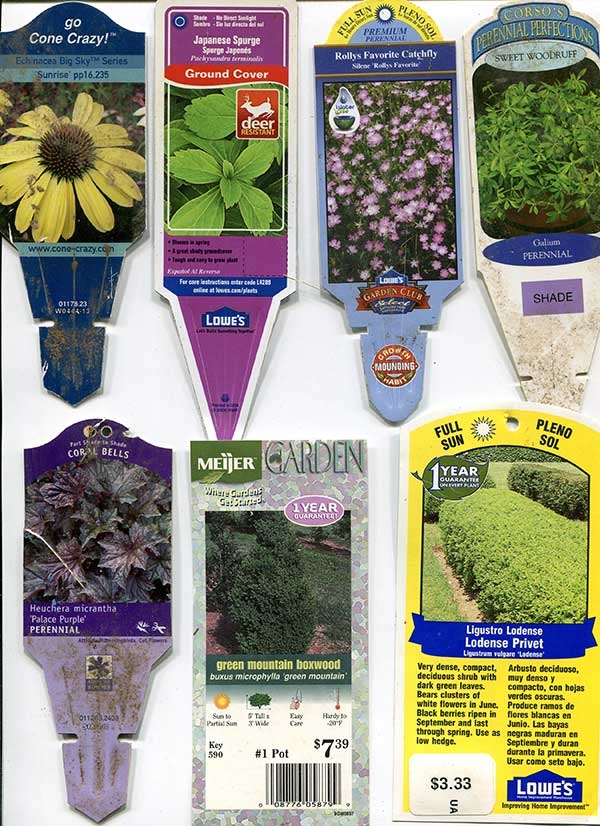
Plant labels provide information on growing conditions and height at maturity. (epicgardening.com)
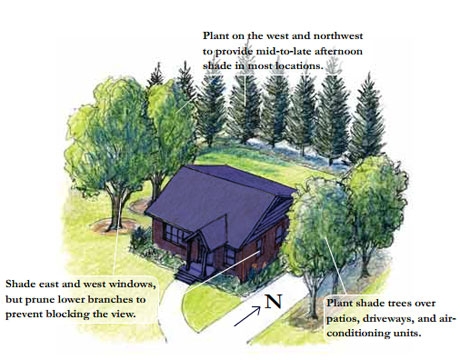
Plant smart for house shade. (northwinbuilders.com)

The California Invasive Plant Council maintains a list of invasive plants. https://www.cal-ipc.org/ (crowdrise.com)
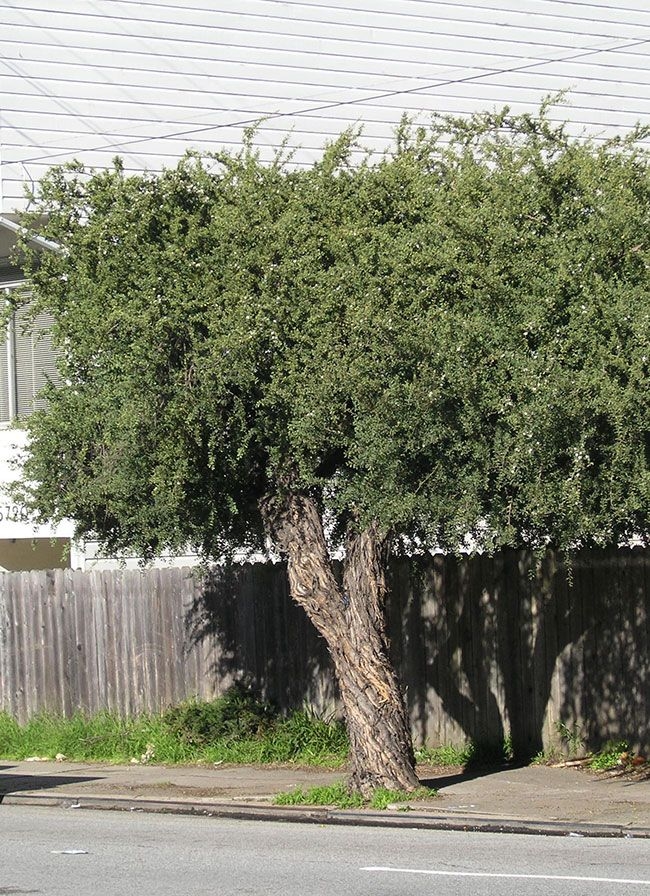
Australian tea. (pinterest.com)
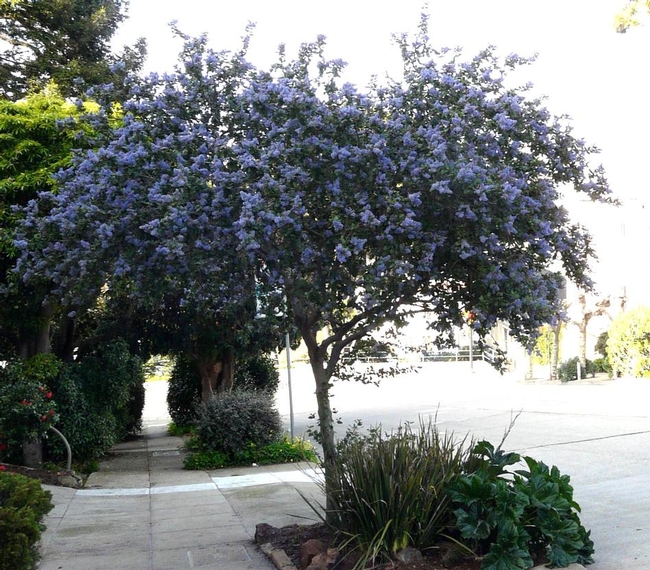
Ceanothus 'Ray Hartman' can be trained as a tree . . . (laspilitas.com)
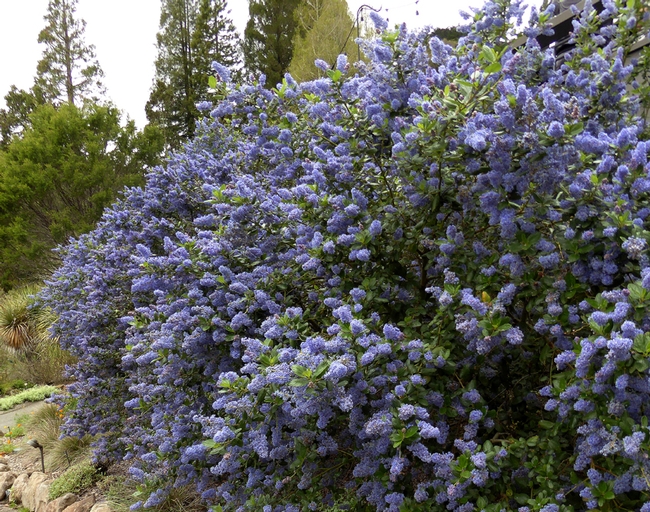
. . . . or left as a shrub. (anniesannuals.com)
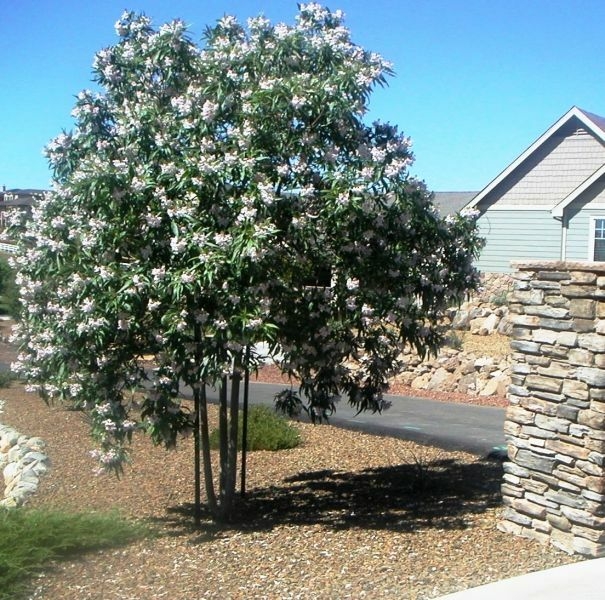
Chitalpa. (plantclearance.com)
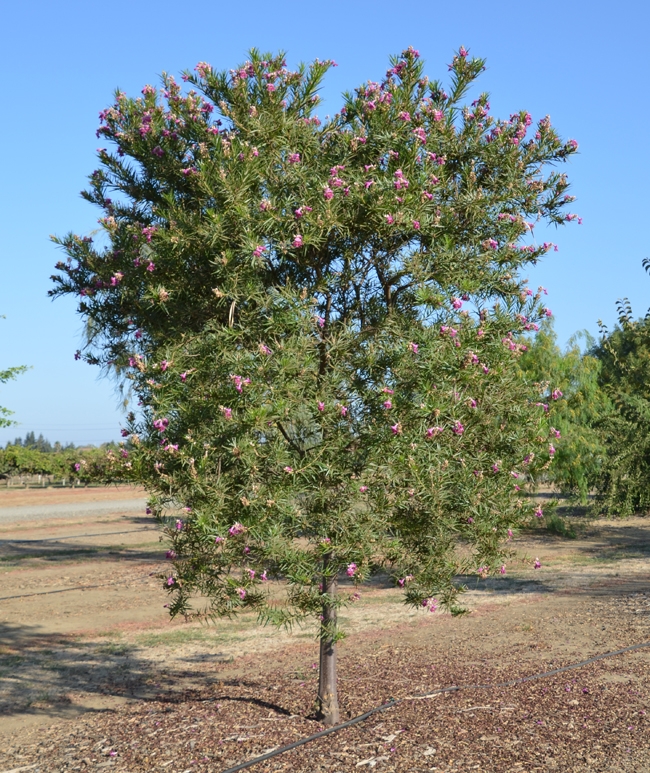
Desert catalpa. (selectree.calpoly.edu)
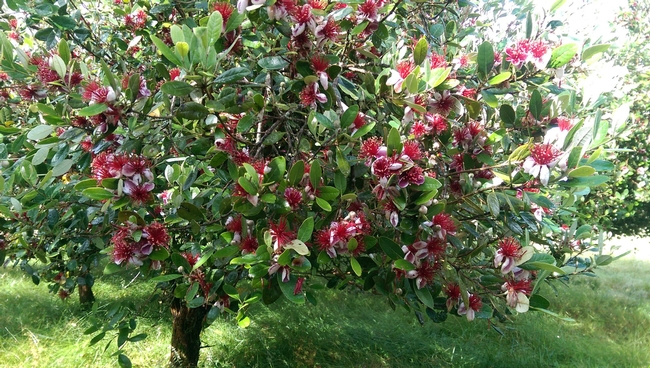
Feijoa. (daveinthavong.wordpress.com)
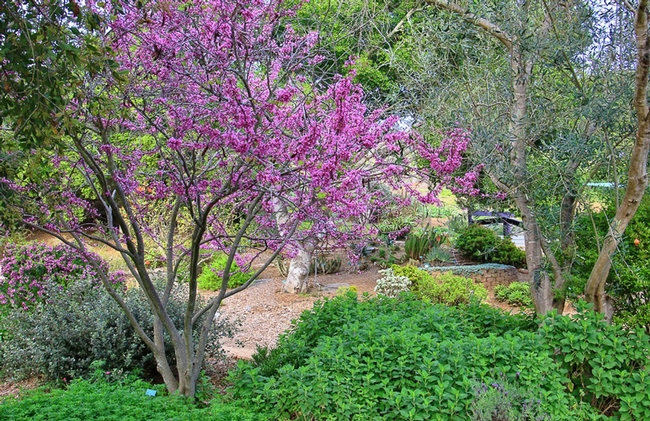
Western redbud. (gardenia.net)
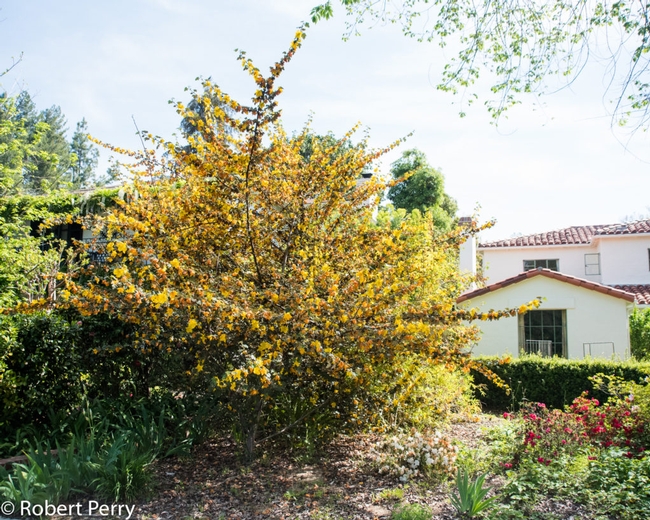
Flannelbush. (Robert Perry inlandvalleygardenplanner.org)
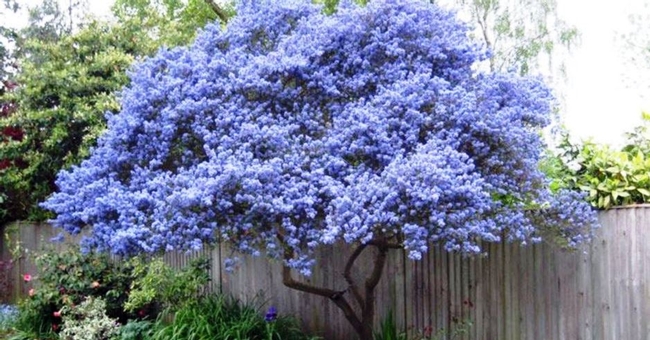
Plant blossoming trees! (rockindeco.com)